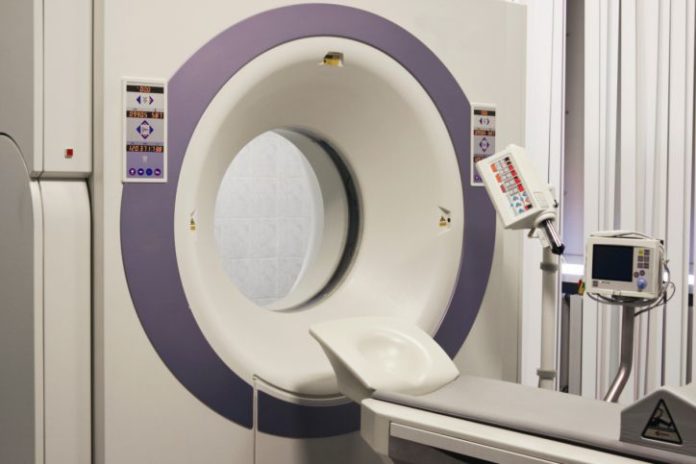The Royal Australasian College of Physicians (RACP) considers CT (computed tomography) imaging to be an integral part of current medical practice. Medical imaging is a crucial tool that has led to significant improvements in diagnosis and treatment of many medical conditions.
The RACP is aware of concerns about paediatric use of CT imaging since they were initially raised in a 2001 study by Brenner et al i. Australia has been “Radiation Aware” since these early concerns were first published. This study prompted increased awareness of the potential risks associated with CT scans for children and resulted in the use of CT scans that delivered lower radiation doses. Most Australian children now receive scans on low dose machines.
Associate Professor Susan Moloney, President of the Paediatrics & Child Health Division of the RACP, said
“The goal for children and young people should remain to minimise radiation exposure while ensuring that the child or young person receives the diagnostic tests they need to treat their health condition.
“Parents should be fully informed and a part of this decision process.”
Alternative imaging modalities such as MRI (magnetic resonance imaging) are now more widely available, and have replaced many CT scans in clinical practice.
A new study, published by Pearce et al in the Lancet (June 2012) suggests that children and young people may be at increased risk of tumours and leukaemia as a result of having CT Scans. For children who had CT scans to a cumulative dose of at least 30 mGy the relative risk of leukaemia was 3.18 times, and for patients who received a cumulative dose of 50-74 mGy the relative risk of brain tumours was 2.82 times. This was in comparison to the group of children who had cumulative doses of less than 5 mGy. However, as both these cancers are relatively rare, in real terms the increase in risk is very small. The study concluded that about 10,000 CT scans would be needed for one extra case of leukaemia and one extra brain tumour.
The RACP considers that the benefit of CT imaging should be weighed carefully against the radiation risk and against whether an alternative form of imaging may be more appropriate, such as MRI scan.











